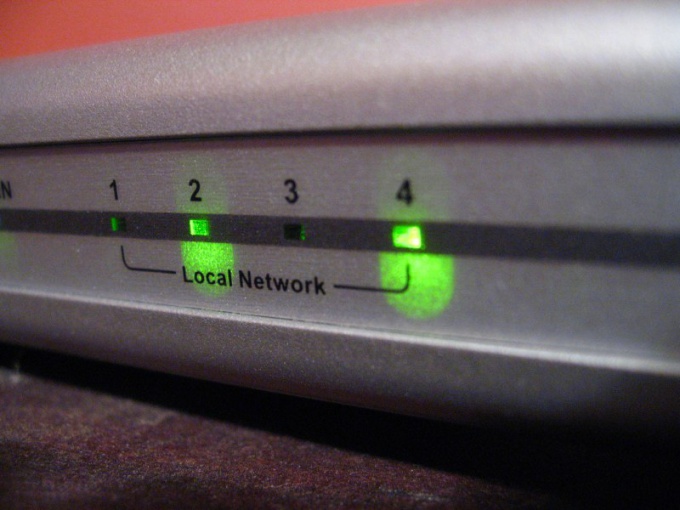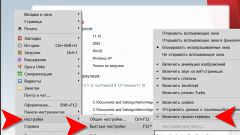You will need
- Computer, Internet access.
Instruction
1
Open the settings window of the Opera browser. This can be done in two ways - by using Ctrl+F12 or selecting the corresponding menu item of the browser. To do this, click on Opera in the upper left corner of the browser window or press the Alt key on the keyboard, then select "Settings" and "General settings".
2
Select the "Advanced" tab, in the left column, click "Network" then click "Proxies".
3
To specify the required proxy settings in the Opera information in the appropriate fields. Check the used Protocol type, specify the address of the proxy server and the port number to connect to. The necessary information can be obtained from your supplier of Internet if the connection is organized through the proxy server, tech support service, which provides proxy services; the administrator of your local network or in the included documentation file to the program proxy.
4
Add to the exception list of sites, access to which is to be carried out without the use of proxies, if any. To do this, click on the "exception List", then click "Add". After entering the data click "OK".
5
If you have a file for automatic proxy settings, or do you know the address of the file on the network, select the appropriate option and enter the local or the web address of the configuration file.
6
Save your entries by pressing "OK", then click "OK" to close the window browser settings using stored parameters. Now your browser will provide access to the Internet through a proxy.
Note
Avoid using unreliable and unsecure proxy servers when you visit websites that require entering passwords, personal information, when making online purchases and payments, transfer of confidential information, because your data can be available to the intruders.
Useful advice
After made settings, use proxy in Opera you can easily disable and enable by using the quick setup menu, called by pressing F12. Uncheck or check the box next to "Enable proxy servers".








